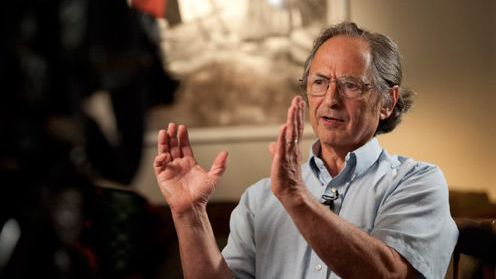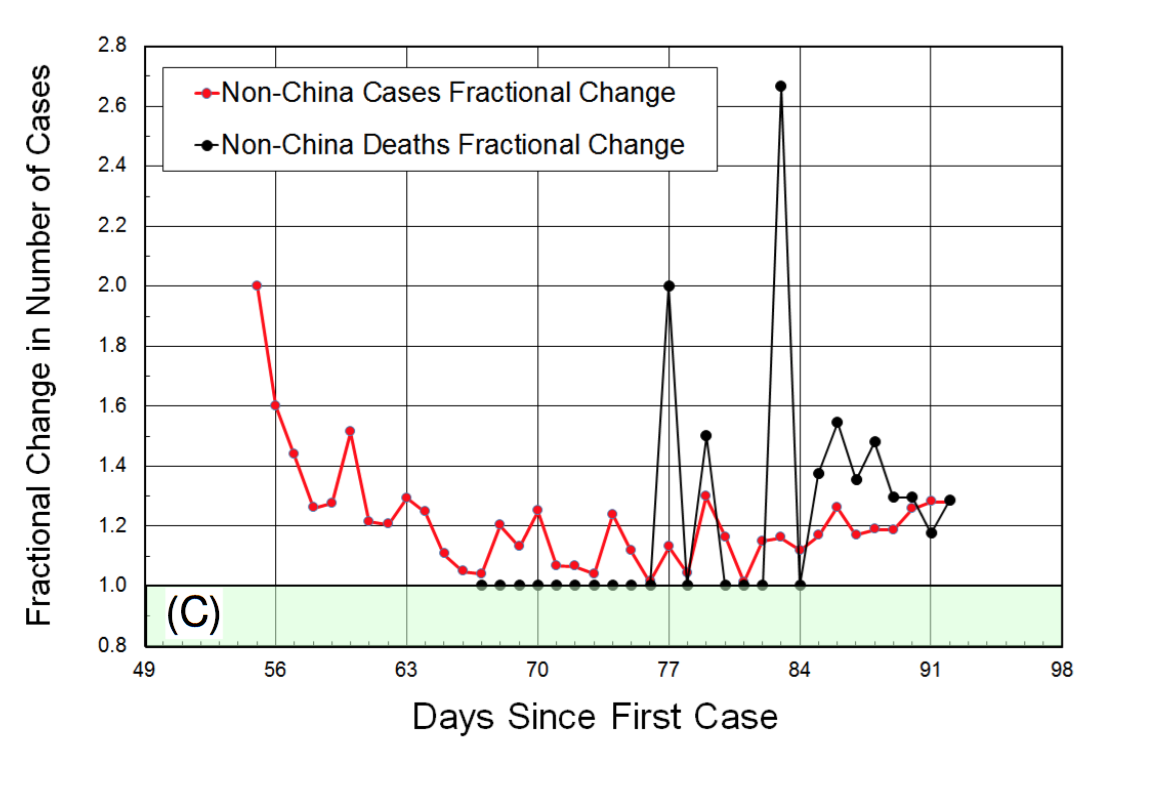
Professor Michael Levitt, the winner of the 2013 Nobel Prize in Chemistry. /Stanford University
Professor Michael Levitt, the winner of the 2013 Nobel Prize in Chemistry. /Stanford University
"Contrary to the prevailing world concern, the COVID-19 epidemic is almost over in China," said Professor Michael Levitt, the winner of the 2013 Nobel Prize in Chemistry.
Professor Levitt, who is also a Structural Biology expert at Stanford University , has been keeping a close eye on the trend of the COVID-19 epidemic and has released updating analysis since its outbreak.
In his latest report on March 2, he used the data from the World Health Organization (WHO) up to March 1 to verify trends that his team had predicted back on February 1.
The team analyzed the death cases of the Hubei and non-Hubei areas, and estimated there would be 3,200 total deaths in Hubei and less than 120 deaths outside the province in China. China was by far hit hardest with 94 percent of the deaths.

Fractional change in number of non-China cases. /Professor Michael Levitt
Fractional change in number of non-China cases. /Professor Michael Levitt
The team is now turning its attention to cases outside China, where new cases are increasing rapidly and now is the time when prediction is important.
However, the data, coming from different countries, is very noisy. More work is needed and the team hopes that detailed analysis of the epidemic in China will help the rest of the world.
The report also analyzed the Princess Diamond cruise ship as an independent case, as it provided a worse-case test scenario in many ways.
He compared the age range, infection rate and death rate of the passengers on the cruise ship and that of the U.S. and concluded that if there are no further COVID-19 deaths amongst the Diamond Princess passengers, people don't need to worry that the disease is causing widespread death on a scale worse than influenza.
Professor Levitt is also the vice chairman of the World Laureate Associations and close to the Chinese science community. He has offered to help investigate the virus and proposed solutions in the early stage of COVID-19 outbreak.